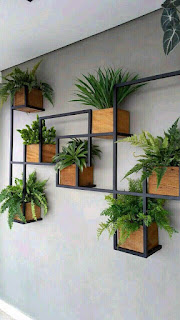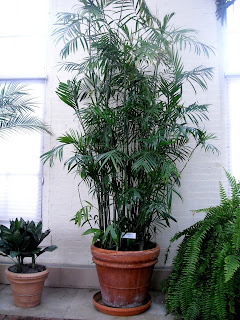why gardan at home
Importance of home garden
Statistics bear out the significant increase in human population and the millions of acres each year that are taken from native habitat for housing, commercial and industrial uses. Along with these numbers research shows that songbirds, meadow birds and their food sources are in great decline.
Beyond the benefits of home food production and increased property values, today suburban landscapes are becoming the lifelines for plants and animals that have lost their native habitat to development. As development continues wildlife is forced to depend upon our human-dominated landscapes for their continued survival.
What is planted in home landscapes plays an important role in determining the future of wildlife "[G]ardeners have the power to make a significant contribution" toward variety in both plants and animals wrote Dr Douglas Tallamy in his book, "Bringing Nature Home." Establishing areas of biodiversity is important to saving our wildlife.
"Biodiversity refers to the richness or variety of animal, plant, and other life in a given area, from the tiniest snail or plant to the largest predator," wrote Dr James Finley, Professor of Forest Resources at Penn State. Biodiversity embraces all living things, including humans, and how their existence and survival are interconnected. What each plant and animal provides and needs creates a web of interdependence. As an example, plants need insects for pollination and insects to need plants for food. Birds need insects and the berries and seeds from plants as food.
Tallamy, Professor of Entomology and Wildlife Ecology at the University of Delaware, notes that historically home gardens focused on creating beautiful surroundings, expressing artistic talents with design, and making areas for fun and relaxation. Recent trends show a new focus on design to provide refuge for wildlife and support animals including birds, pollinators and other insects as well as native plants.
The Herb Society of America's Green Bridges Program™ promotes the idea that individuals can contribute to building a national chain of yards, gardens and communities that support biodiversity, especially for native plants and pollinators. There are four key things that home gardeners can do to support biodiversity: add native plants, support pollinators, reduce lawn area and create an environment that supports the needs of wildlife.
One of the most important things to do is to add native plants, those that grow naturally in our area. Native plants are the hardiest and likely to thrive with less disease or insect problems. Some native plants also filter air and water as well as help maintain soil health. Many ornamental plants, though beautiful, are from Asia and Europe and are avoided by native insects.
Tallamy describes the importance of native plants by explaining that "[a]ll animals get their energy directly from plants, or by eating something that has already eaten a plant. The group of animals most responsible for passing energy from plants to the animals that can't eat plants is insects. This is what makes insects such vital components of healthy ecosystems. "
Insects, as reported by the Natural Resources Conservation Service, make up 99.5% of pollinators. "Pollinators are the very foundation of biodiversity. Almost 90% of flowering plants require animal-assisted pollination," said Laurie Collins, Master Gardener. "In addition to one-third of our food, they pollinate other species of plants that provide food and shelter to wildlife."
A typical suburban lawn does not support biodiversity. Cornell University reports that compared to native vegetation, non-native heavily treated turfgrass is a biodiversity wasteland. While some sources suggest replacing lawns with native grass, Dr Peter Landschoot, Director of Graduate Studies in Agronomy at Penn State, notes in our area native grasses are warm-season species. "They stay dormant for most of the year and become overrun by weeds." He says that property owners need to be comfortable with having grass at heights of 6-18 inches, not always welcome in residential neighbourhoods.
Instead, convert lawn areas by adding native trees and understory plants to the landscape. This can be along the perimeter or in small areas throughout the property. Tallamy notes that studies show that modest increases in the native plant cover in suburban yards significantly increases the number and species of breeding birds. Additionally, by using lawn space for native plants homeowners can reduce the costs of lawn maintenance such as heavy watering, mowing, pesticide and fertilizer applications.






very interesting
ReplyDeletethanks dear...
Deletethis is really great... and we all should spread awareness about gardening.🌲🌱🌹
ReplyDeleteno doubt
Delete